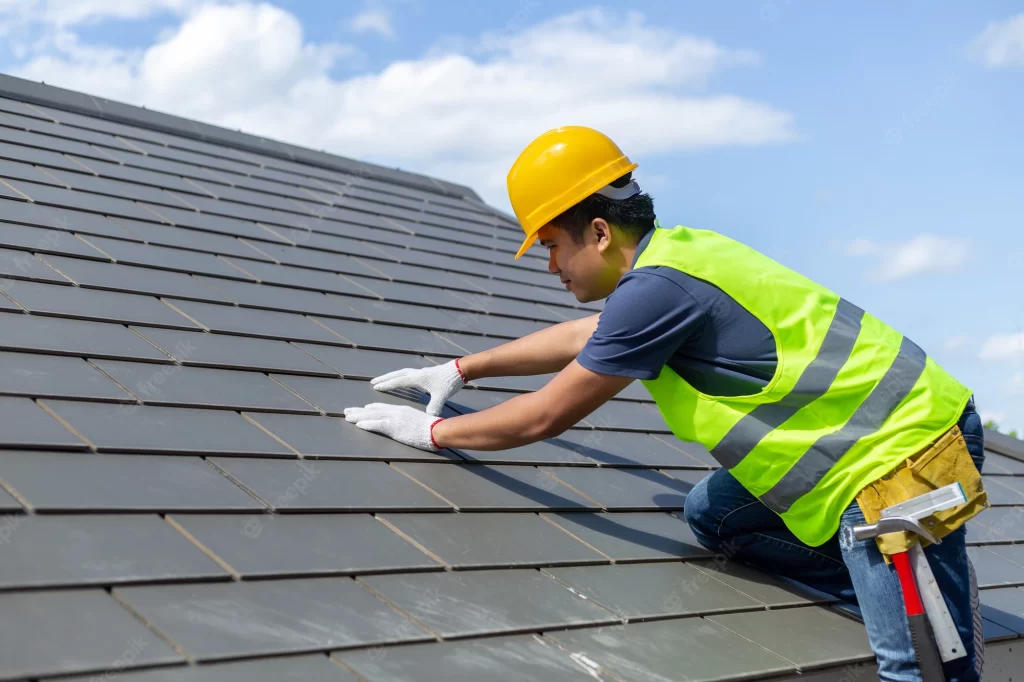
If you own a home, chances are that at some point, you may need to repair or replace your roof. A good quality roof can last for many years, but eventually it will reach the end of its lifespan and need to be repaired or replaced. Knowing what the signs of a damaged roof are and understanding exactly how to repair or replace it is essential in making sure that your home stays safe and secure. Let’s break down the basics of Roof repair and replacement.
Signs That You Need Roof Repair or Replacement
There are several tell-tale signs that can indicate whether your roof needs to be repaired or replaced. For instance, if you notice any missing, cracked, or curling shingles on your roof, this could be a sign that it needs to be fixed. Another common indicator is if you find water spots on the ceiling inside your home. This could mean that there is a leak in your roof which needs to be addressed immediately. Additionally, if the flashing around vents and chimneys is loose or corroded, this could also mean that there is an issue with your roof’s structural integrity which needs to be addressed as soon as possible.
How To Repair Your Roof
If you find yourself needing to repair your roof due to minor damage such as missing shingles, you can usually do this yourself without too much difficulty. First, inspect the area and make sure there isn’t any major structural damage such as rot or mold present before proceeding with repairs. Once you’ve determined that the damage is minor enough to fix yourself, use a flat pry bar and hammer to remove any nails still stuck in the area before applying new shingles over top of them. Make sure these new shingles match the existing ones so that they blend in seamlessly with the rest of your roof when installed properly. Finally, use caulk around flashing and vents for added protection against water seeping through gaps in these areas during storms or heavy rains.
Replacing Your Roof
When more extensive damage exists on your roof such as rot or mold growth from water damage over time, it may be better (and cheaper) for you in the long run to just replace it altogether instead of trying to patch up individual areas here and there which would require more money and more time than simply replacing it all at once. When replacing a damaged roof entirely, first make sure all damaged materials are removed completely before installing new ones over top of them—this includes shingles as well as flashing around vents and chimneys where applicable. Additionally make sure all debris left behind from removing old materials has been cleared away before beginning installation of new materials so everything fits snugly together when complete without leaving any gaps where water can seep through later on down the line.
Conclusion: Keeping up with regular maintenance on your rooftop will help ensure its longevity for years after installation; however sometimes major repairs might still become necessary depending on weather conditions in your area over time as well as other factors like age of material used originally during construction etcetera.. Knowing what signs indicate whether you need simple repairs versus full replacement helps homeowners keep their roofs looking great while avoiding costly mistakes by attempting DIY fixes when they should hire professionals instead — now you know what steps need taken next no matter what kind of work needs done! So remember—when it comes time for repairing or replacing your rooftop—look no further than this article!




